Vitamin and mineral definitions can be very confusing for adults. So, if we have difficulty understanding them, then how is a kid supposed to understand them! We did some research and found a few articles from kidshealth.org, healthykids.com and BrightSide Academy that do a great job explaining vitamins and minerals in layman’s terms and what food sources we can naturally find them in.
Vitamin means ‘vital for life’. Vitamins and minerals are compounds necessary for the healthy functioning of our bodies. We need vitamins and minerals to help us grow, to see correctly, to form bones, muscles, skin and organs, as well as to help us battle infections. Deficiencies in certain vitamins and minerals can lead to problems. The best way to ensure your child receives enough vitamins and minerals for healthy growth and development is to provide a wide variety of fresh foods.
VITAMINS
Vitamin A – Think Eyes!
Vitamin A plays a really big part in eyesight. It’s great for night vision, like when
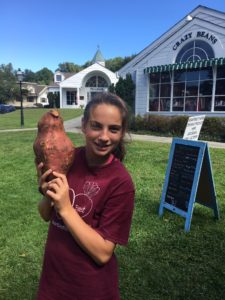
you’re trick-or-treating on Halloween. Vitamin A helps you see in color, too, from the brightest yellow to the darkest purple. In addition, it helps your body fight infections by boosting your immune system.
Foods rich in Vitamin A include milk fortified with Vitamin A, liver, orange fruits and vegetables (such as cantaloupe, carrots and sweet potatoes), and dark green leafy vegetables (such as kale, collards and spinach).
B Vitamins – Think Energy!
There’s more than one B vitamin. Here’s the list: B1, B2, B6, B12, niacin, folic acid, biotin, and pantothenic acid.
The B vitamins are important in metabolic activity — this means that they help make energy and set it free when your body needs it. So 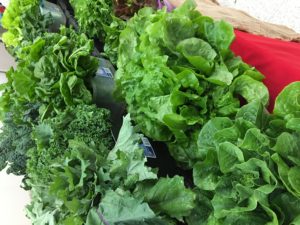 the next time you’re running to third base, thank those B vitamins.
the next time you’re running to third base, thank those B vitamins.
This group of vitamins is also involved in making red blood cells, which carry oxygen throughout your body. Every part of your body needs oxygen to work properly, so these B vitamins have a really important job.
Foods rich in Vitamin B include whole grains, such as wheat and oats, fish and seafood, poultry and meats, eggs, dairy products, like milk and yogurt, leafy green vegetables and beans and peas.
Vitamin C – Think Healthy & Healing!
Vitamin C is important for keeping body tissues, such as gums, bones, and blood vessels in good shape. C is also key if you get a cut or wound because it helps you heal.
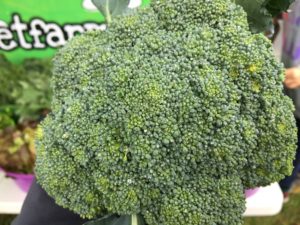 This vitamin also helps your body resist infection. This means that even though you can’t always avoid getting sick, vitamin C makes it a little harder for your body to become infected with an illness.
This vitamin also helps your body resist infection. This means that even though you can’t always avoid getting sick, vitamin C makes it a little harder for your body to become infected with an illness.
Foods rich in Vitamin C include citrus fruits (such as oranges), cantaloupe, strawberries, tomatoes, broccoli, cabbage, kiwi fruit and sweet red peppers.
Vitamin D – Think Strong Bones!
No bones about it . . . vitamin D is the vitamin you need for strong bones! It’s also great for forming strong teeth. Vitamin D even lends a hand to an important mineral — it helps your body absorb the amount of calcium it needs. Vitamin D is made in the skin when exposed to sunlight, or you can get it from the foods you eat.
Food that are rich in Vitamin D include milk fortified with vitamin D, fish, egg yolks, liver and fortified cereal.
Vitamin E – Think Cells!
Everybody needs E. This hard-working vitamin protects your cells and tissues 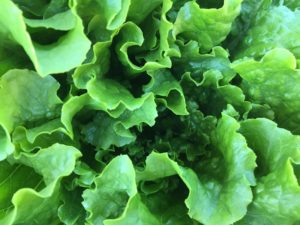 from damage. It is also important for the health of red blood cells.
from damage. It is also important for the health of red blood cells.
Foods rich in Vitamin E are whole grains, such as wheat and oats, wheat germ, leafy green vegetables, vegetable oils like sunflower, canola and olive, egg yolks, and nuts and seeds.
Vitamin K – Think Scabs!
Vitamin K is the clotmaster! Remember the last time you got a cut? Your blood did something special called clotting. This is when certain cells in your blood act like glue and stick together at the surface of the cut to help stop the bleeding.
Foods rich in Vitamin K include leafy green veggies, dairy products like milk and yogurt, broccoli and soybean oil.
MINERALS
Potassium – Think nerves, muscles & balance!
Potassium is a mineral that controls nerve impulses and muscle contractions. It helps maintain fluid balance in the body. Foods that help with potassium include nuts, dried fruit, bananas, bran and wheat germ, raw fruit and vegetables and lean meat and fish.
Magnesium – Think muscles & nerves!
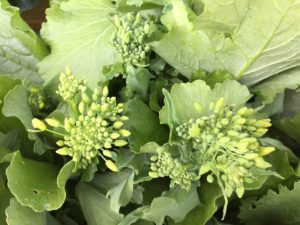
Magnesium is a mineral that provides structure for healthy bones, is involved in the release of energy from food and is essential for muscle and nerve function. Food that help with magnesium are milk, whole grains, green leafy veggies, beans, and lean meats and fish.
Phosphorous – Think strong bones & teeth!
Phosphorous works with calcium in the formation of strong healthy bones and teeth. It helps the body to store and use energy.
Phosporous is widely available in many foods however the richest sources are meat, milk and cheese, eggs, bran and wheat germ, and nuts and seeds.
Salt/Sodium – Think not too much!
Salt is a mineral formed from the two elements sodium and chloride. Salt is commonly added to food to improve the taste, but is also used in food preservation. There are many types of salt – table salt, sea salt, rock salt and salt flakes to name a few. The sodium in salt is an essential mineral for controlling water levels in the body. It is also needed for nerve and muscle function. However, too much salt can contribute to high blood pressure, which is a risk factor for heart disease.
Foods normally high in sodium are processed or commercial products such as
• Table, sea and vegetable salt
• Sauces and stocks
• Processed meats (such as ham and salami)
• Cheese
• Bread
FIBER – Think going to the bathroom!
The term fiber refers to carbohydrates that cannot be digested. Fiber is found in the plants we eat for food — fruits, vegetables, grains, and beans.
the plants we eat for food — fruits, vegetables, grains, and beans.
Sometimes, a distinction is made between soluble fiber and insoluble fiber:
- Soluble fiber partially dissolves in water and has been shown to lower cholesterol.
- Insoluble fiber does not dissolve in water, but that’s why it helps with constipation.
It’s important to include both kinds of fiber as part of a healthy diet. Also, fiber itself has no calories, and adequate amounts of fiber help move food through the digestive system, promoting healthy bowel function and protecting against constipation.
Vegetables are one food that we listed as an essential source of vitamins and minerals in almost every category. The type of vegetables may vary, but the importance of eating a variety of vegetables is very clear. Savor your veggies!
